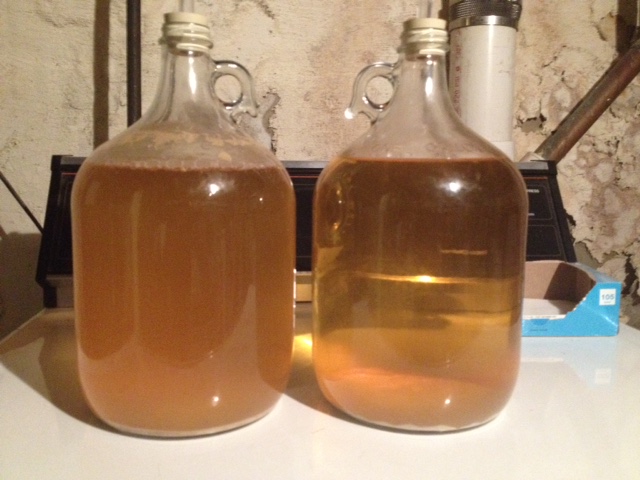uglyamerican00
Active Member
I'm going to be racking my beer in a week or two and I was wondering if anyone ever used the yeast to make a cider. I know the yeast should be aggressive,but I'm more interested in if the yeast will do ok in terms of taste an compatibility
















































![Craft A Brew - Safale S-04 Dry Yeast - Fermentis - English Ale Dry Yeast - For English and American Ales and Hard Apple Ciders - Ingredients for Home Brewing - Beer Making Supplies - [1 Pack]](https://m.media-amazon.com/images/I/41fVGNh6JfL._SL500_.jpg)









